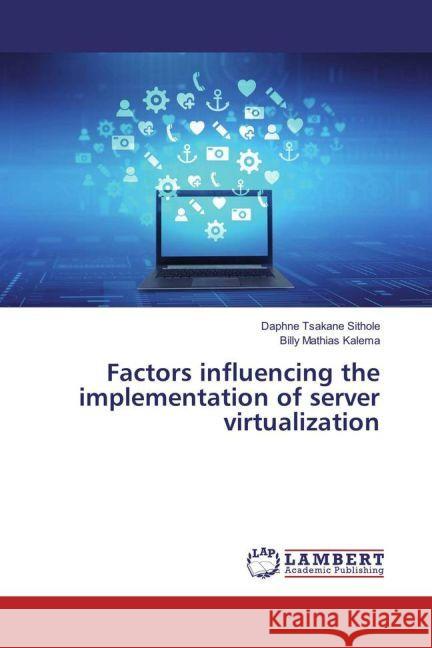Factors influencing the implementation of server virtualization » książka
Factors influencing the implementation of server virtualization
ISBN-13: 9783330063372 / Angielski / Miękka / 2017 / 124 str.
The historical general trend in organizations is that each time a new application is added the information technology (IT) department is tasked with adding a new server. It is common to find several servers in one organization allocated to different tasks like mails, central repository for office files, customer database and many others. This is not only expensive but also consumes office space hence calling for increased physical security to protect the many increasing number of servers. The evolving trends in technology could now enable an organization to have a single server that is sub-divided to run multiple instances of operating systems and applications hence rendering optimal utilization of the full power of the server. This doesn't only save money spent in acquiring the many servers but also lessen the time required for maintenance, powering and backing up the multiple servers. This process of enabling organizations gain more from what is already existing, reduce the server memory loading and increase its utilization is known as server virtualization. Server virtualizations approach of using hypervisors allows multiple operating systems share a single piece of hardware.











